#Tibetan art
Explore tagged Tumblr posts
Text

Tsherin Sherpa — Skippers (Bubblegum) [acrylic and ink on canvas, 2020]
169 notes
·
View notes
Text
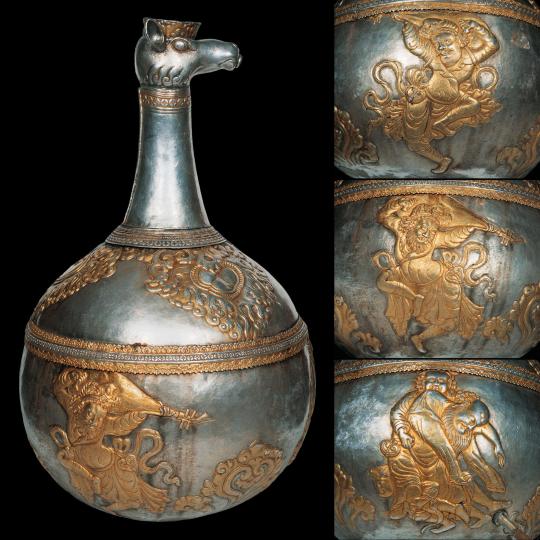

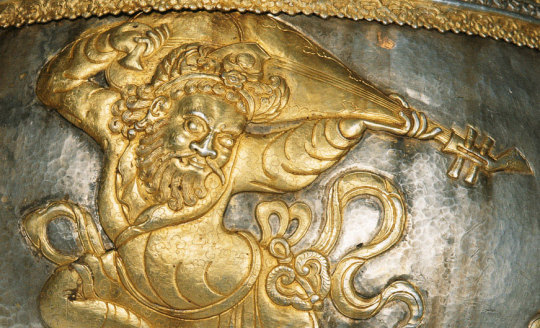



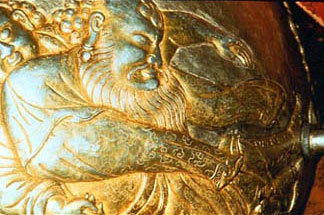

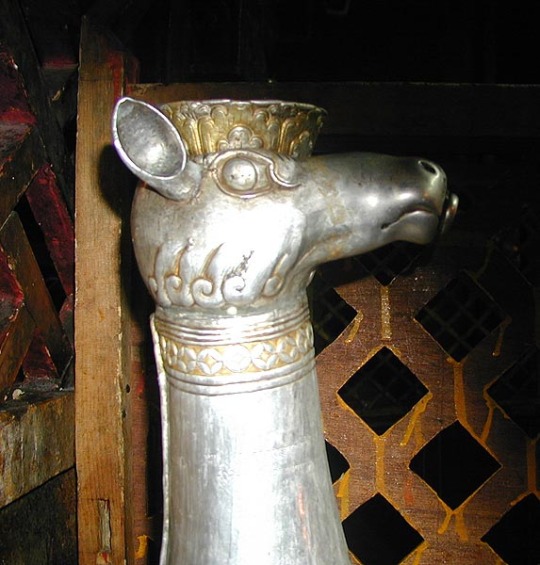
The Jug of Jokhang 7th-8th C. CE. Central Asians (probably Sogdians) depicted on Tibetan art.
"At present, a silver jug stands in a wooden frame in one of the chapels of the Lhasa Jokhang, traditionally regarded as the oldest temple in Tibet (see figs 1-7). This jug is approximately 80 cm in height. It was hammered from silver sheets, cut and assembled in four parts, two hemi- spherical sections joined at the diameter of the circle, a long thin neck, surmounted by an animal head with round mouth from which liquid can be poured. It weighs some 35 kg when full of liquid, and monks fill it daily with offerings of chang, Tibetan barley beer. The gilded designs on the upper bowl of the jug are raised scrolling in heart shaped medallions, while on the lower bowl, there are three scenes representing Central Asian people, two lively solo dancers and three men in drunken revelry". (taken from AsianArt by Amy Heller).
Dance was a skill that Sogdians learned at a young age, and continued to use as they got older:
"The Iranian from Tashkent [Chach] appears young He dances to the music before the wine goblet, as rapid as a bird He wears a cloth cap of foreign make, empty and pointed at the top His Iranian robe of fine felt his tight sleeves" (Shafer 1963, 55 in Lerner 2001, 254)
#tibetan art#sogdiana#ancient history#history#art#art history#art detail#buddhism#temple#beer#iranian#dance history
345 notes
·
View notes
Text

Silver vase, Tibet, 8th-9th century AD
from The Ashmolean Museum
300 notes
·
View notes
Text
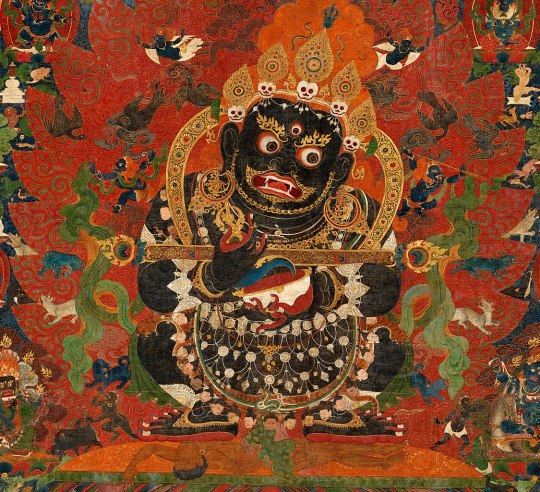
« Mahakala, Protector of the Tent » (Unknown Artist)
#art#artwork#painting#paintings#thangka#tibetan art#tibet#tibetan buddhism#mahakala#colorful#colourful#reds#greens#oranges#golds#blacks#distemper on cloth#cloth#distemper
161 notes
·
View notes
Text

Unknown Tibetan Artist, Thangka of Four Mandalas of the Vajravali Series, ca. 1429-1456, gouache on cotton (The Rubin Museum of Art, New York)
34 notes
·
View notes
Text
I'm alive and still creating
Today I want to show you a job that took me two months to complete. This is a custom BTS RM doll, my new original character. I love Tibet and its culture very much, so I decided on the style quickly. This is a traditional Tibetan costume. The jewelry is made of white, blue and red beads. Blue symbolizes the sky and longevity, white the color of purity and holiness, red the color of safety and security.
For the coat I had to take material from my pants, and the fur is a former pompon of my hat, but I am happy with the result. It looks very harmonious.
What do you think?
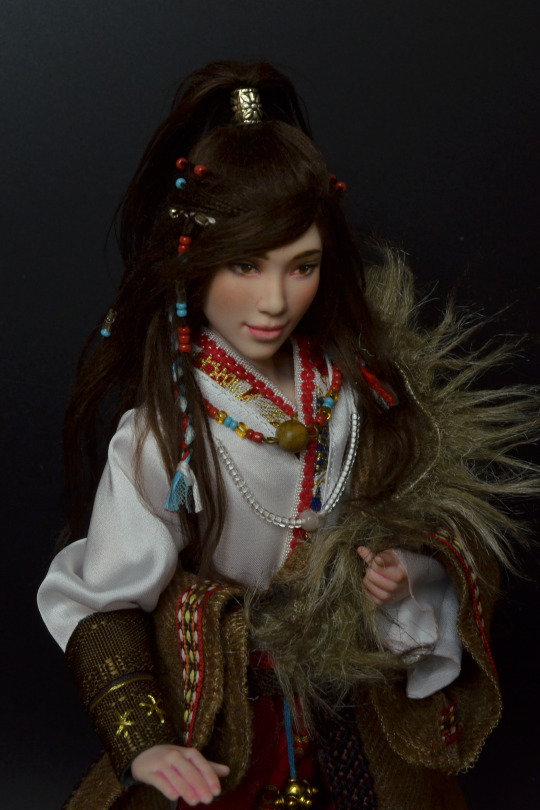
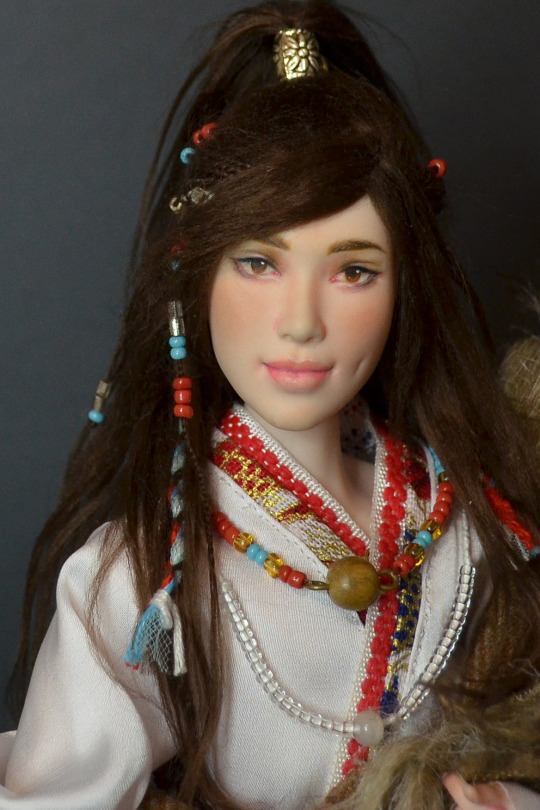

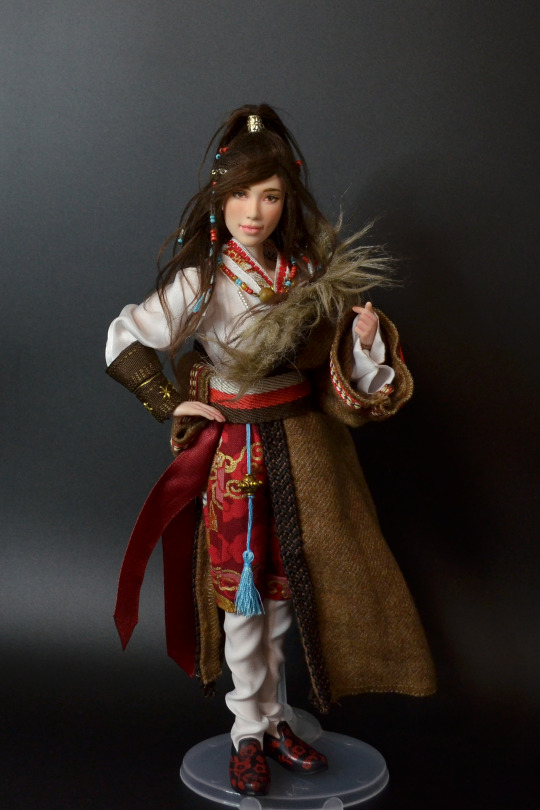
99 notes
·
View notes
Text

X-ray examination of a Tibetan deity figure Via: https://x.com/AMNH/status/784824942504185858
13 notes
·
View notes
Text

Distemper painting by a Tibetan painter.
Depicts Pañjaranatha the lord of the pavilion acting as a protector.
63 notes
·
View notes
Text


“The Real You” by Romio Shrestha (2000)
44 notes
·
View notes
Text
Walter Arader is presenting an exhibition of recent acquisitions, including a large scale 13th century Tibetan copper alloy figure of Buddha Shakyamuni seated at 48.7 cm (19.25 in), a 4th century Gupta stone bust of the goddess Varahi, a large scale 18th century Thangka of an accumulation field, and other fine works. On view September 9–17 at 1016 Madison Avenue.

#Walter Arader#large scale 13th century Tibetan copper alloy figure of Buddha Shakyamuni#tibetan buddhism#tibetan art#art#4th century Gupta stone bust of the goddess Varahi#art ghutry#xpuigc
6 notes
·
View notes
Text

Tsherin Sherpa — Things That Pop in My Mind (acrylic and gold leaf on panel, 2009)
152 notes
·
View notes
Text

A monumental Imperial silk brocade thangka of Mahakala, Yongle period
134 x 87 inches, 340 x 221 cm. Estimate: US$800,000-1,200,000.
Failed to sell Sotheby's, New York, 21 March 2024.
The textile was produced in the Imperial workshops of the Yongle Emperor (1360-1424) during his reign (1403-1424) as a gift to a high-ranking Tibetan lama and depicts Mahakala Panjarnatha.
If you want to look at a big image just copy the following into a new window:
http://sothebys-brightspot.s3.amazonaws.com/media-desk/92/a6/b53249fa445296fb14d3fde38e37/n11418-cxsj2-t1-02.jpg
I posted another artwork depicting Mahakala back in 2019. You'll find it by clicking any of the tags below. Again, you can look at a big image.
14 notes
·
View notes
Text





Mandala of Jnanadankini, Tibet, late 14th century
from The Metropolitan Museum of Art
178 notes
·
View notes
Photo






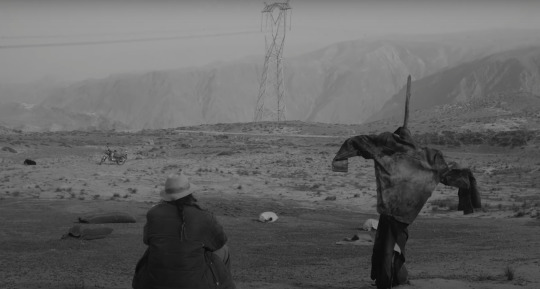
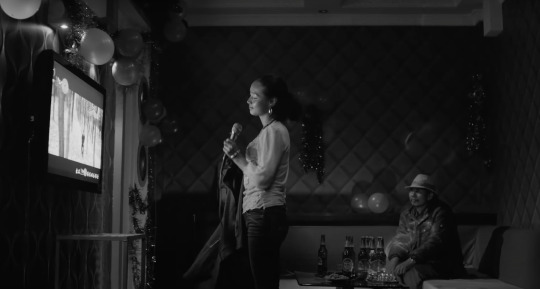

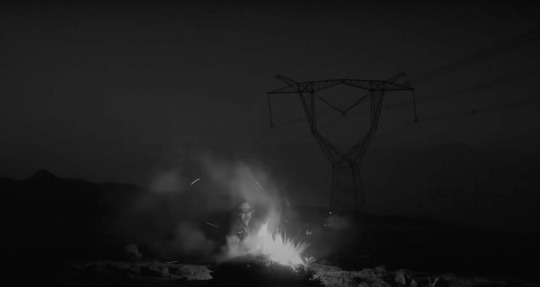
SUBLIME CINEMA #656 - THARLO
RIP Pema Tseden, the preeminent Tibetan filmmaker who died very young. He only made a few features, all of them worthwhile. For a westerner, Tharlo is like a peek into a vast and beautiful alien landscape, with gorgeous B&W photography that recalls epic films like Roma, but with a more intimate story.
#cinema#film#movie#movies#Pema Tseden#tibet#cinema of tibet#tibetan cinema#venice film festival#venice#biennale#great films#Chinese film#tibetan#Tibetan art#tibetan artist#art#art film#cinematography#black and white#b&w#b&w film#black and white film#RIP#Tharlo
59 notes
·
View notes
Text

« Tsongkapa » [Unidentified Artist]
#art#artwork#painting#paintings#Pigments on cloth#pigment#cloth#thangka#tibetan art#himalayan art#Tsongkapa#buddhism#buddha#gautama buddha#buddhist art#art from tibet#tibet#religion#religious art#human figures#retinue#halos#enlightenment#colourful#colorful#reds
3 notes
·
View notes
Text

PURBA. c. 15th century, Sino-Tibetan. Made of metal alloys, gold, and silver.
A purba is a dagger-like stake with three blades that helps tantric practitioners overcome their aversions to substances that are typically considered abhorrent, like pus and blood. Pierced with the purba, the unsavory substances are ritually transformed into wondrous substances, such as nectar. The Cleveland Museum of Art.
16 notes
·
View notes